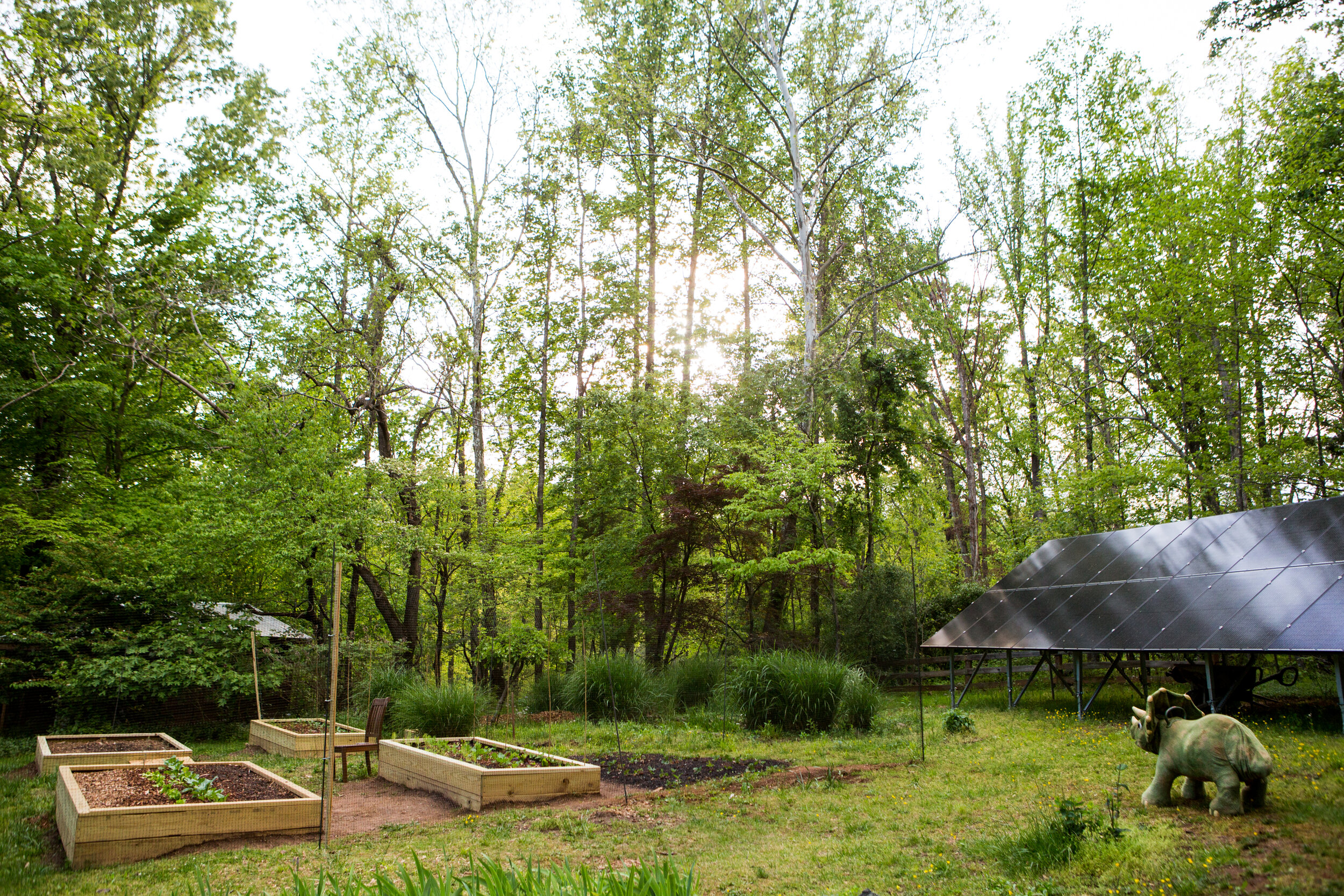
Welcome to Our Permaculture Homestead
After 13 years of researching “doomsday preppers” and homesteading for my apocalyptic novel, We Can Save Us All, I realized I had none of the survival skills I’d been writing about. I wanted to change that. Without becoming a total weirdo.
We began preparing our home to survive a grid-down situation, and dove into homesteading projects to inform our new lifestyle.
Here’s what happened next…
Permaculture Homesteading How-Tos and Articles
Core Maps #4 and 5: The Permaculture Zone Map and Master Plan
The Zone Map looks at our property in terms of use and accessibility. Our Master Plan is a flexible, sketchy vision of what we want to do at Thunderbird Disco.
Core Maps #3: The Permaculture Sector Map
Most permaculture sector maps mark the pathways of natural elements like: wind gusts and flowing water, manmade products like noise or smoke or crime, destructive animals, insects or plants, underground networks of utilities (water, cable, electrical, etc.).
Core Maps #2: The Permaculture Sun Map
Now that we have our Base Map, the next step is to create a Sun Map. The idea is to figure out the best and worst areas for growing food, and, in our case, siting solar panels.
Core Maps #1: The Permaculture Base Map
Map #1 is the "Permaculture Base Map." This is our starting point, a way to get our arms around what currently exists on your property and a baseline upon which to build for the future. Before even attempting this foundational piece it’s important to gather some existing raw materials.
Mapping Your Permaculture Homestead
In fiction they like to use the term “world-building” to describe this kind of work. Though every detail won’t and shouldn’t make it onto the page, I think it’s important and useful for a writer to have a sense of the world their fake people live in. It’s equally important for you to understand and envision the world you’re creating on your property.









